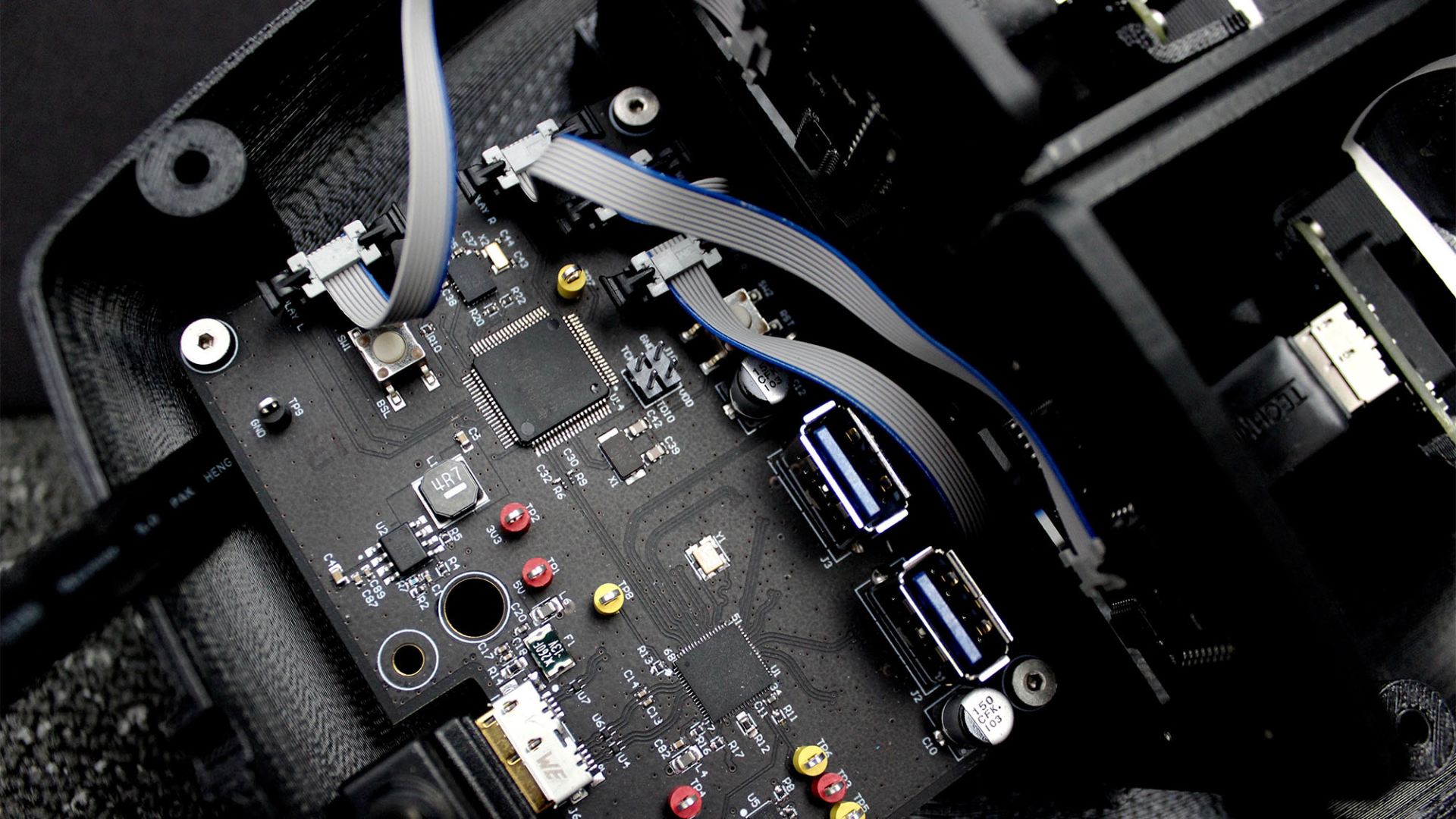
Neurotriage System
The eye provides a powerful window into the brain’s performance. In conjunction with UT Southwestern Medical Center and the University of Iowa, the Texas Biomedical Device Center (TxBDC) has developed a handheld portable device capable of quickly measuring an individual’s visual tracking abilities.
Through measuring eye movements, we can detect impairments in brain function that are likely to result in poor performance. The system can capture eye movements in under 2 minutes, detecting performance metrics such as reaction time, target tracking, balance, and visual steadiness. Changes in these parameters following an event may result in slow or incorrect reactions, which could lead to further injury.
For example, athletes with slower reaction times, loss of stability and balance may fail to adequately prepare for impacts, making them more susceptible to concussion. Because of the system’s portability and simplicity, post-event measurements can easily be taken on the field and compared to baseline readings prior to the impact. Athletes removed from the game can be tested every few minutes to identify when their brain performance measurements return to baseline and they can return to the game. In addition to potentially reducing the quantity and severity of concussive events, the system provides a significant tactical advantage by reducing the likelihood of poor on-field performance.
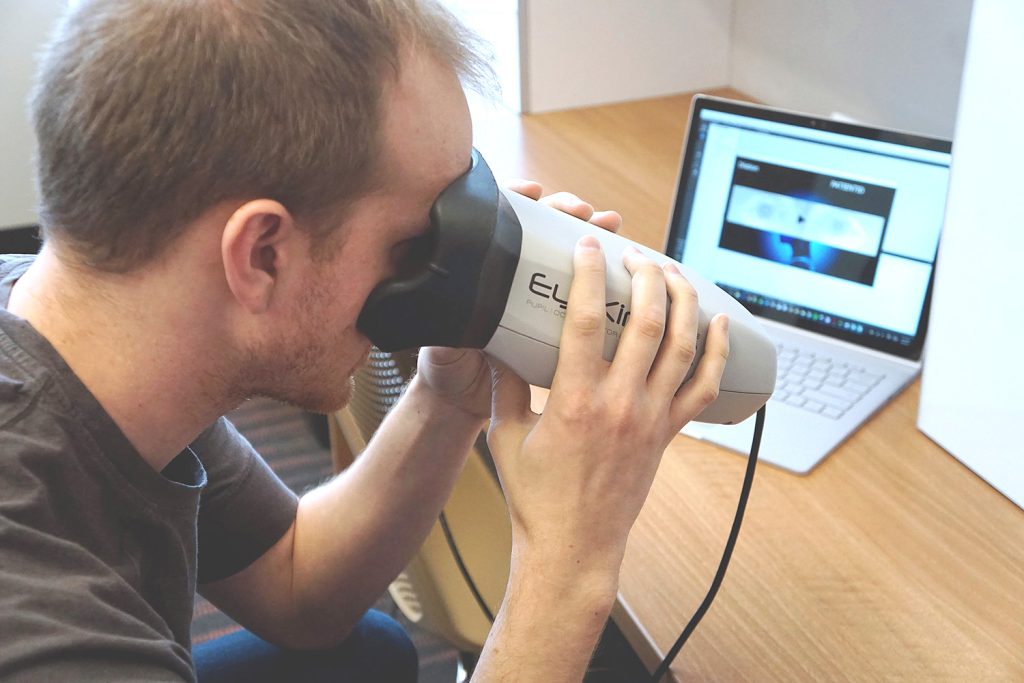
- NEWS: Testing a New Device To Diagnose Concussions, KERA News
- VIDEO: Binoculars May Change Fight Against Sports Concussions, KOAT 7
- VIDEO: Researcher Testing On-Field Concussion Scanners, Associated Press
- VIDEO: What’s the Big Idea? MSNBC
How does the Neurotriage System work?
Sensors send an alert to your smartphone after an impact that could reduce brain performance.
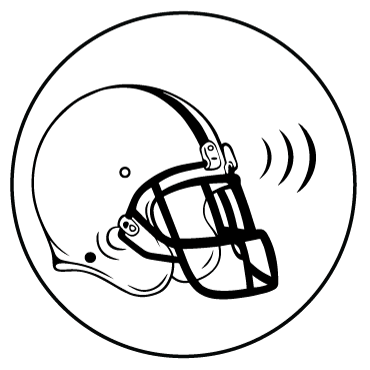
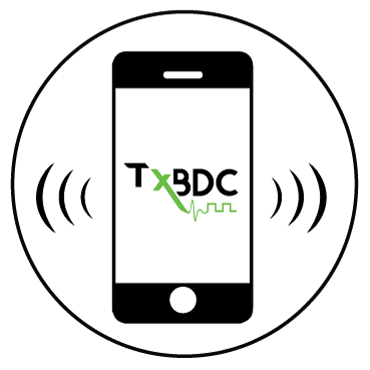
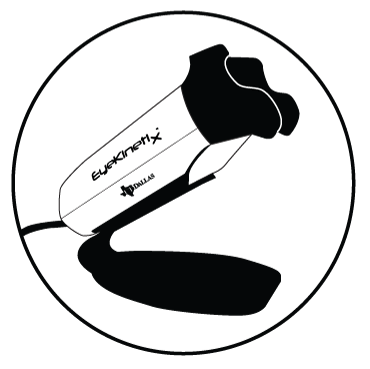
The Neurotriage System uses a miniaturized sensor we call Second Derivative. It includes a three-axis accelerometer, which measures acceleration or deceleration on a circuit board with a TI MSP430™ processor and a small battery. The sensor is placed in a headband on the player’s temple and on the back of the neck. The sensor measures how the player’s head moves in relation to the body when the player experiences physical contact.
When the sensor detects an impact that could potentially result in reduced brain performance, the player is pulled to the sideline to look into high-tech Neurotriage goggles. These goggles quantify eye movement patterns and balance to determine how serious the level of impairment may be.
The system is being commercialized by Konan Medical USA.
